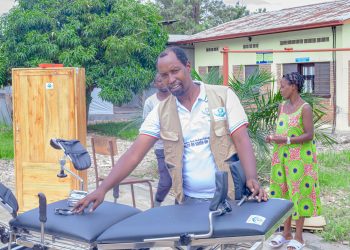Heart disease is a leading cause of early death in the world today, and many people spend a lot of their day in sedentary position, which isn’t good either. Many hours spent in the office are in sedentary positions and it’s also the same when you get home.
Research has shown that it’s bad for your heart, and if you want to live longer you should start walking more, every day.
What if you find that just a simple walking regime every day would make you live longer?
Researchers at Binghamton University, State University of New York found that moderately intensive walking improves cardiovascular risk factors in the short-term.
A team of researchers led by Pamela Stewart Fahs conducted the study on a group of 70 women. The Participants were given a programmable pedometer to wear for waking hours over a 10-week period and asked to walk briskly for at least 150 minutes per week. Two days later, they returned to record pre-test data. Next, a web-based risk assessment tool was used to determine the participant’s risk of a heart attack within the next 10 years.
After five weeks, participants were invited to attend a talk about heart health and to have their pedometer data downloaded. Researchers reviewed the activity data with the participants and discussed increasing their aerobic steps. Participants were also offered a challenge in an effort to increase aerobic activity as well as to improve retention to study completion. This challenge included an increase their total daily average of aerobic steps by at least 10 percent for the remainder of the study.
Finally, on completion of the program, participants’ weight, BMI, blood pressure, and cholesterol were measured. They were also asked to complete a survey about their physical activity, food choices, personal characteristics and behaviors from the 10-week period.
The results of their post-test confirmed the team’s initial hypothesis that walking would improve cardiovascular risk factors in the short term.
The study, titled “Walking for Heart Health: A Study of Adult Women in Rural New York,” was published in Creative Nursing.




























